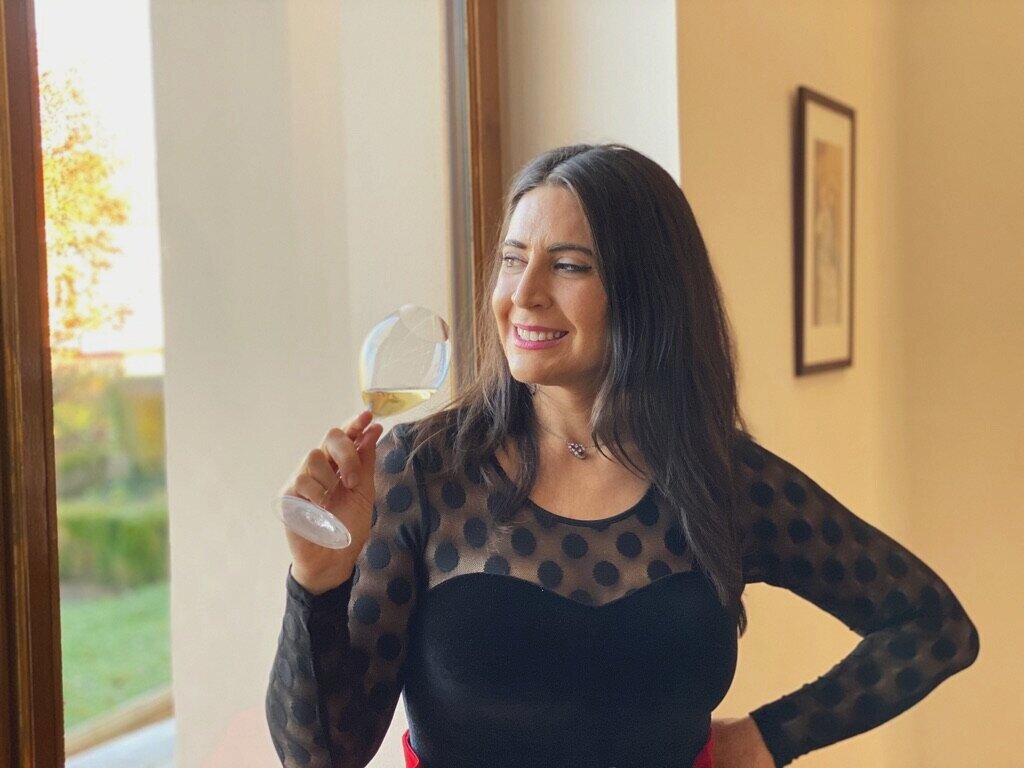History of the Champagne Wine Region
The Champagne wine region is a flat, undulating open plain east of Paris making it a place of both privilege and suffering.
Ancient History - Roman Rule - romans brought grapes to champagne (viticulture established at the end of the 4th/beginning of the 5th century), Romans dug crayéres or chalk caves as the chalk was used for building (turns into stone when exposed to air). The Franks, Gauls and the Huns all fought over the territory of Champagne. Attila the hun was defeated near Chalons-sur-Marne in Champagne.
The Dark Ages - After the fall of Rome, Clovis the King of the Franks and the first King of France converted to Christianity. Saint Remi blessed a cask that never ran dry and Clovis defeated his enemies - Saint Remi baptized him . The Cathedral of Reims has been the site of the coronation of 27 French Kings - the wine of champagne was always considered that of royalty. Benedictine monks needed to grapes for wine.
Cellar masters had a position of power and high regard. They blended all grapes together in the press. The grapes during this time were Gouais Blanc, Gouais Noir and Fromentau (Pinot Gris). The wines were becoming more popular and were called mountain wines (Montagne de Reims) and river wines. The wines were still and red.
Charlemagne and the Carolingian Dynasty - Charlemagne united all of Western Europe for the first time since the fall of the Roman Empire. He passed away and the crown was given to his son who immediately divided his kingdom that consisted of present day France and Germany among his three sons. There was conflict of who would rule which led to war in the Champagne region. During this same time, the Counts declared Troyes the capital of the Champagne province which lasted until the French Revolution.
The Middle Ages - Champagne became a crossroads to trade. Champagne hosted a festival that would last up to 49 days and attract people from all areas. Champagne was largely into textiles during this time and would host the fair to showcase and sell their textiles. The wealthy textile barons would give their customers a case of wine with their purchase and the wine soon grew more popular than the textiles among the consumers. Champagne again became a battle around during The Hundred Years War as the King of England and the House of Valois fought for the French Crown. Church was also growing in power during this time with donations from the wealthy in the form of land grants. The wines during this time were onion skin to pale red. Winter cold put the yeast in suspended fermentation that resuscitated in spring providing a slight effervescence. The vineyards were planted en foule where the vines were propagated by layering or proving). Ay became popular for vin de la riviere. Wine was moved via old Roman roads and by the river. The Marne, Aube, Seine and Aisne rivers were the main modes of transportation. By the 1400’s 400 communes were growing grapes.
The Protestant Reformation and the Thirty Years War - In the 1500’s Pinot Noir was introduced to the region. Champagne again was the center of conflict. The Protestant Reformation escalated to the Thirty Years War. Netherlands sent troops to Champagne who ended up pillaging, robbing, and raping the Champenois. Then the French monarchy battled the nobility and parliament from 1648-1652 known as the Fronde which set up an absolute monarchy.



